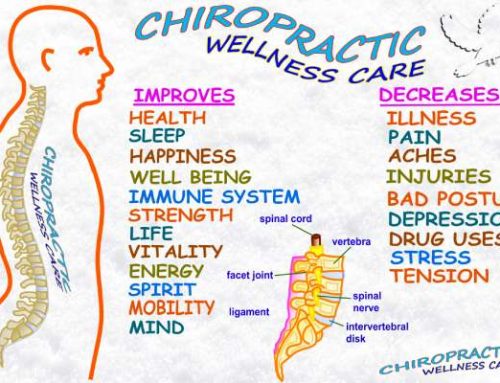Dear Dr. Steve: My son has recently started complaining of knee pain. It has gotten worse since starting soccer. Someone told me it was Osgood-Schlatters disease. What is this and is there any treatment for it? Y.L. Belle River
Dr. Steve: Osgood-Schlatter’s disease was discovered and defined in 1903 by Dr. Robert Osgood and Dr. Carol Schlatter. It occurs most commonly in adolescents ages 10-15 who are physically active. Those involved in sports requiring running, jumping, squatting or kicking are particularly vulnerable. This makes soccer the main culprit. The pain can be in one knee or in both. Boys and girls are equally afflicted. The pain is generally located about two inches below the kneecap. Swelling and tenderness to the touch are often present. The pain and symptoms become worse with activity and in most cases are relieved with rest.
If not treated properly, the symptoms of Osgood-Schlatter’s disease will progress and may result in long term or permanent deformity and debilitation. The actual symptoms result from an inflammation of the area below the kneecap where the patellar tendon attaches to the tibia. This occurs most often after the child goes through a growth spurt. The powerful quadriceps muscle (or thigh) becomes stronger than its attachment. With the added stress of sports, the attachment tears or pulls away from the bone causing swelling and inflammation. If not treated properly, this may progress to a complete avulsion fracture where a piece of bone actually separates from the tibia.
The most common treatments include anti-inflammatory medications and RICE. This stands for rest, ice, compression and elevation. The most important being rest and ice. Some other common treatments are therapeutic ultrasound over the tibial tuberosity to reduce swelling and speed healing. Nutritional supplements, selenium and vitamin E, show some anecdotal proof of speeding healing time. If the afflicted child is continuing activity, an Osgood-Schlatter’s brace or strap should be worn to support the insertion of the tendon. Patellar tendon taping techniques may also provide some relief.
The main and most important treatment is rest and removing the child from the aggravating activity. If this rest tends to resolve symptoms, the condition is likely self-limiting and will require only time for full recovery. In some cases, more aggressive medical intervention may be required. A child with any of these knee symptoms should see their chiropractor or medical doctor for appropriate evaluation and treatment.


